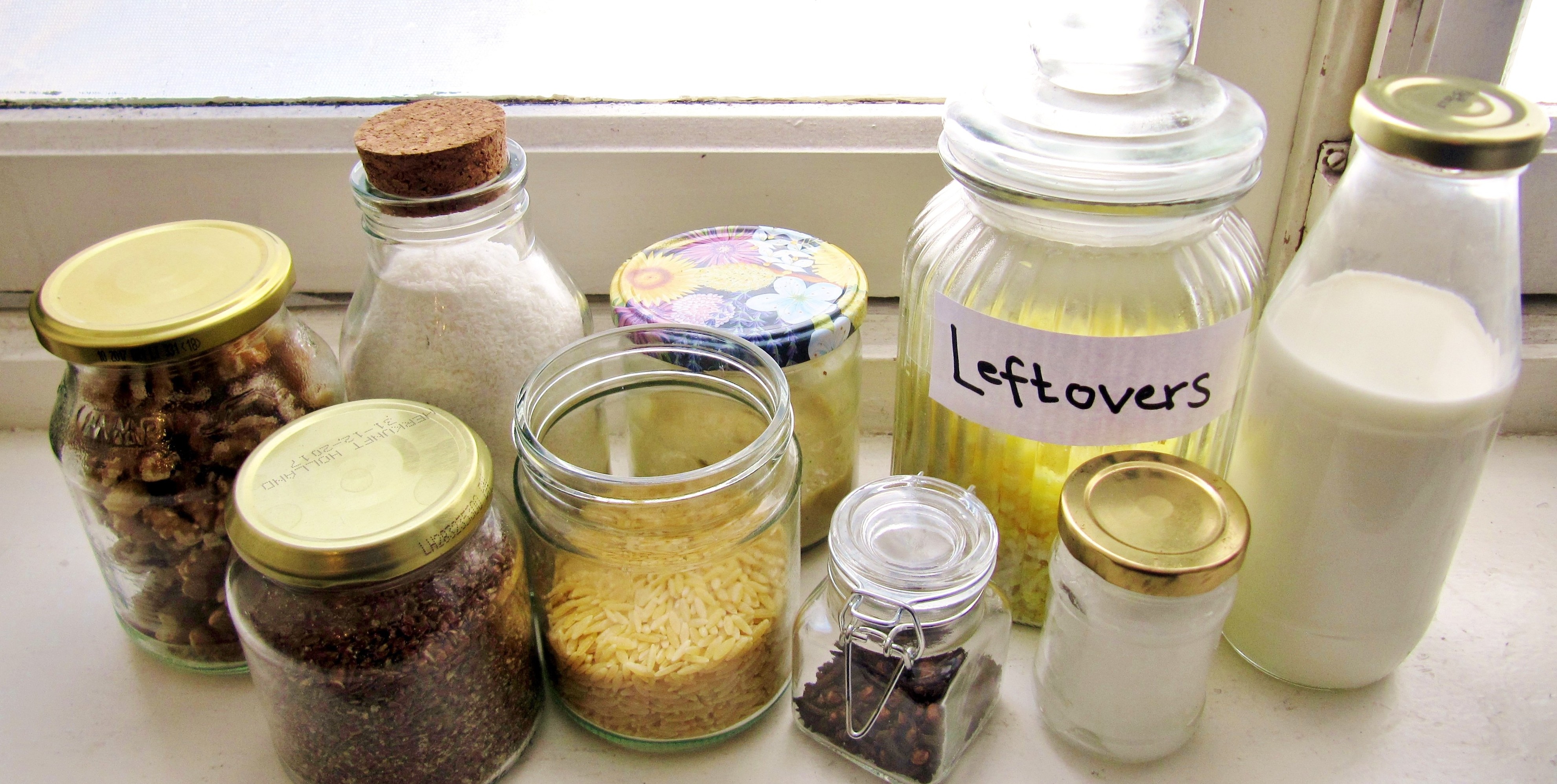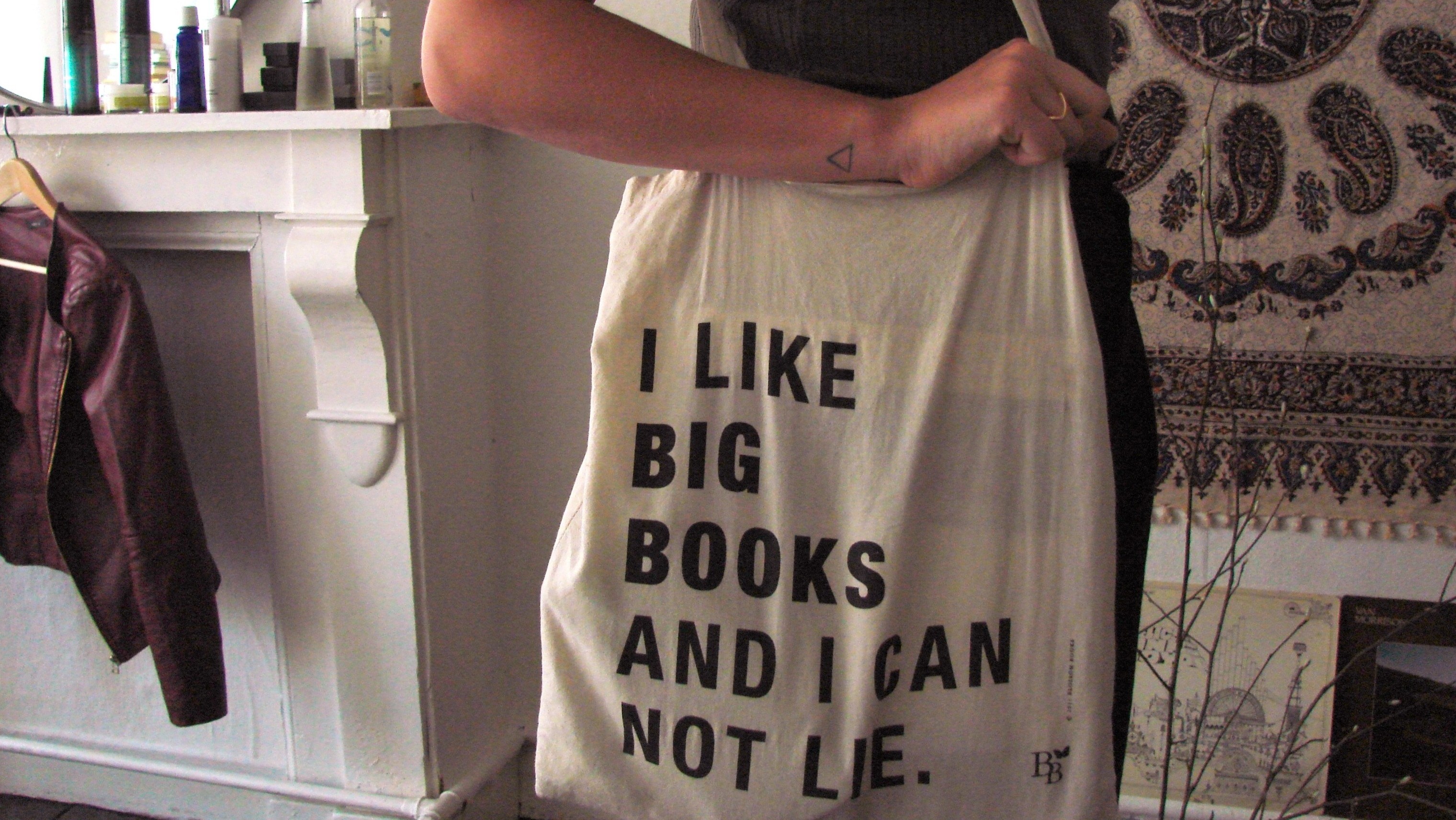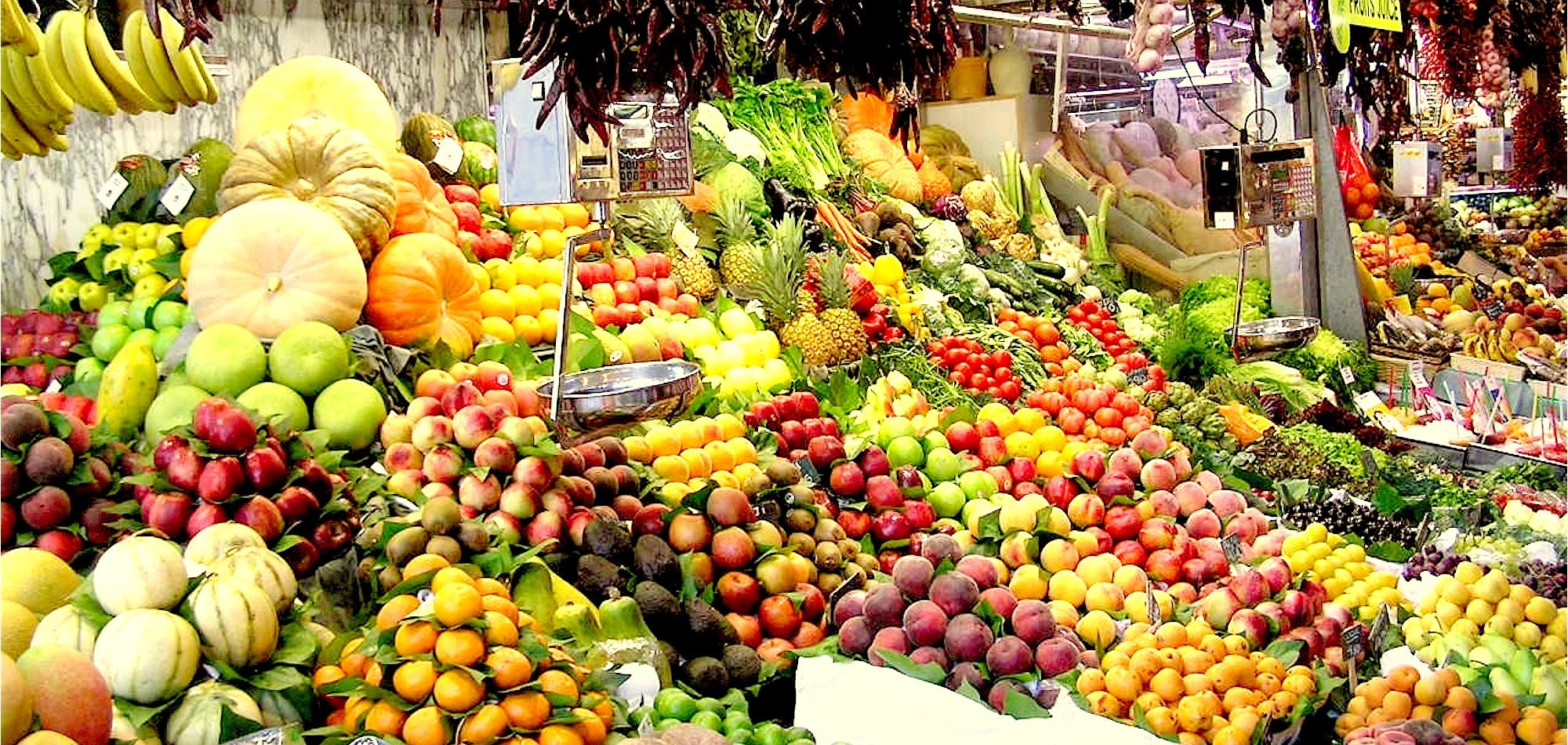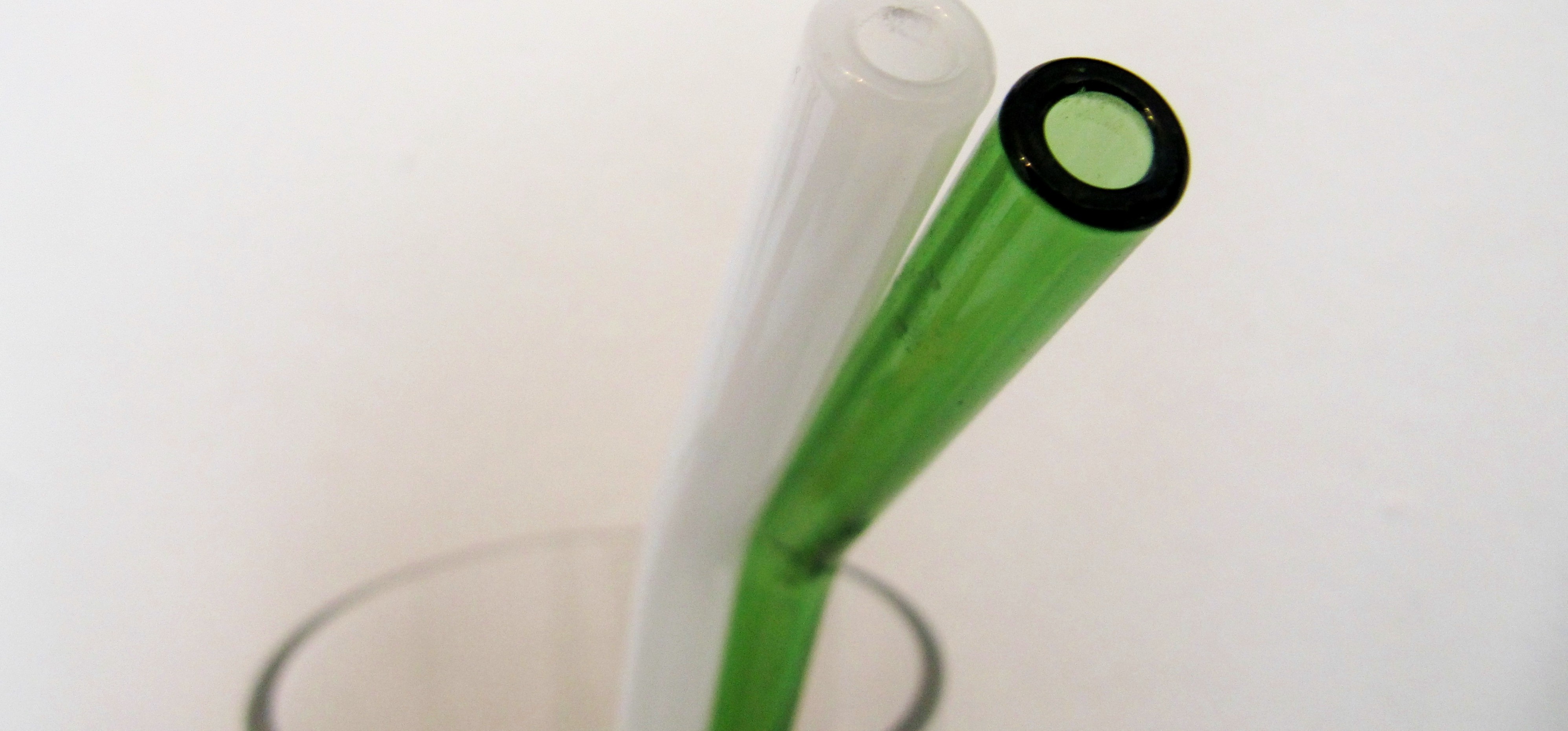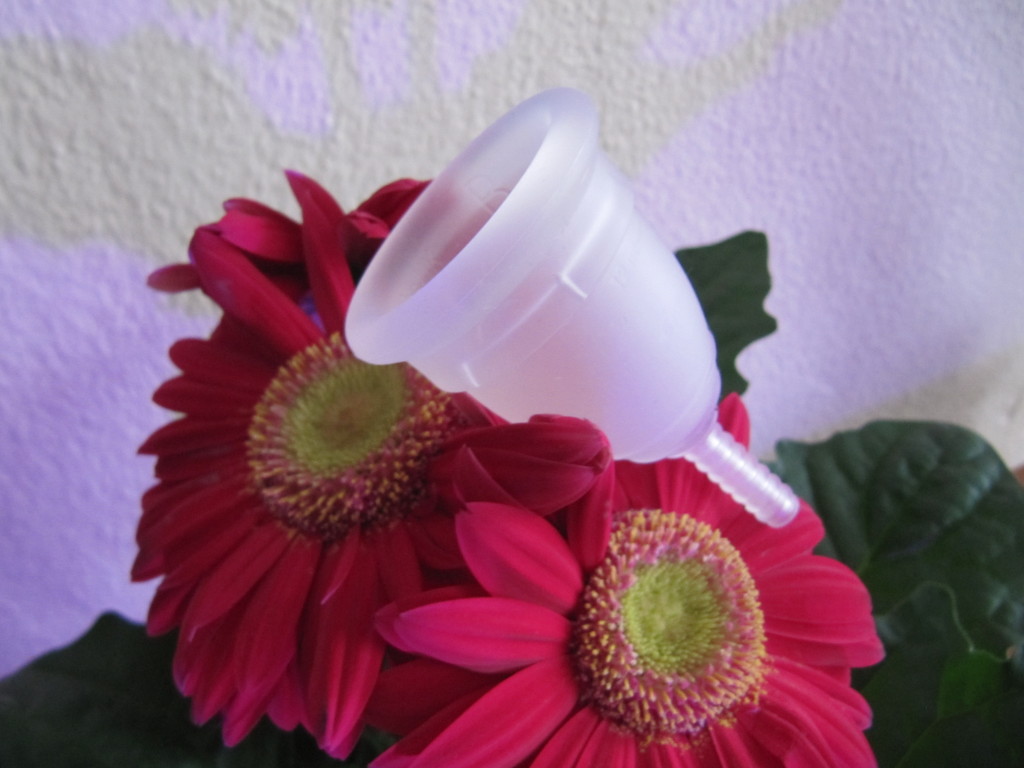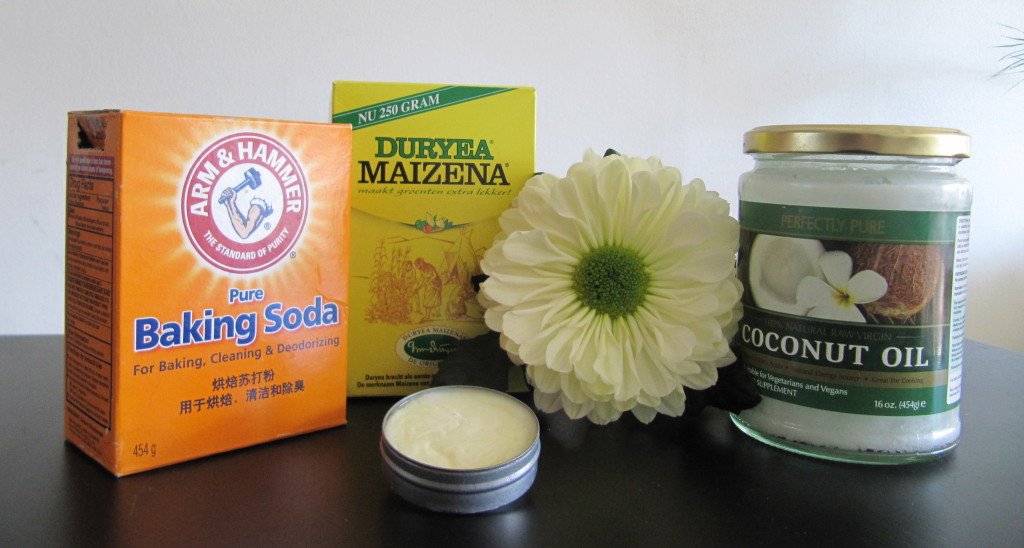As illustrated in Pharrell’s new documentary (yes, it is a documentary and it’s going to make you want to cry!), today we live in the age of plastic. There is plastic everywhere, it‘s all around us, it’s even in us. We have literally ‚plasticized‘ ourselves.
Scientists had a closer look on plastic pollution in the ocean of all sizes and it’s simply overwhelming how much is actually floating out there.
It’s indeed bizarre that the things we use for only seconds will be there for 1000 years to eventually be broken down if not eaten by that baby seal. We just throw it away, but where exactly is away.
This is a global issue and we are more connected in this than we might realize. While big organizations are still producing new plastic instead of using recycled plastic, some others are coming up with creative solutions to make positive changes. The 23-year-old Lauren Singer based in Brooklyn is a great role model and inspiration to us because she is even living free of plastic. She made two years of plastic trash fit in one single mason jar. Lauren says that since she is living a zero-waste lifestyle her life has improved a lot. She saves money, eats better and is happier than before.
As we all have demanding jobs and busy social lives, there is not always much room for making conscious choices. Here are some simple tips that will make you hop off the ‘plastic-train’:
1. Reuse glass jars
There is lots of prepared food you can buy in glass jars like peanut butter, pasta sauce or juices. If you end up buying these don’t throw them out. Simply wash and reuse them so you won’t need any plastic to store food. You can also bring them when you buy bulk food. If you have plastic containers leftover from yoghurt or other food, don’t throw them away you can use them to store food as well.
Shop Smart & don’t buy Waste
2. Just BYOB (bring your own bag)
Luckily cotton bags are popping up everywhere. Go shopping with hip reusable totes while skipping all those plastic bags. If you don’t have these yet it may cost you a little, but there won’t be any extra costs for the environment in turn.
3. Opt for glass products
Yesterday I went grocery shopping when it hit me: Have you ever noticed how many products you buy that come with plastic packaging? Next time we do our grocery, let’s have a second look whether we can buy the same produce without the plastic e.g. oil in glass bottle versus plastic bottle.
4. Go to a small shop or to the market
It’s much easier to resist the plastic packaging when doing your groceries in a small shop. Here you can just fill in your reused containers and bags with everything you need. Choosing to buy bulk food is the perfect way to avoid any packaging. Using a reusable wine carrier may make it easiest to carry all your glass jars home. What’s even better, see if you can make time to go to the local market and fill your own shopping basket.
Spot Hidden Plastic
5. Say ‘no’ to Straws
There are fancy, reusable stainless steel or glass drinking straws if you don’t want to give up on straws. If you are in a restaurant you may simply tell the waiter/waitress that you don’t need a straw.
6. Give up that Gum
Actually gum in its origin was made of chicle, a natural rubber. However, nowadays we purchase synthetic gum consisting of polyethylene and polyvinyl acetate which in fact makes us makes us chew and probably also on toxics. Healthy alternatives you might like are licorice root, sunflower seeds or nuts, mints or parsley for a fresh breath.
7. Check out the CrazyRussianHacker
You have already bought plastic bottles and don’t know what to do with them? Check out these 5 Recycled Life Hacks.
“Let’s stop this plasticization and instead challenge ourselves joining the zero-waste movement!”
Let’s do it all together. Are you in?


